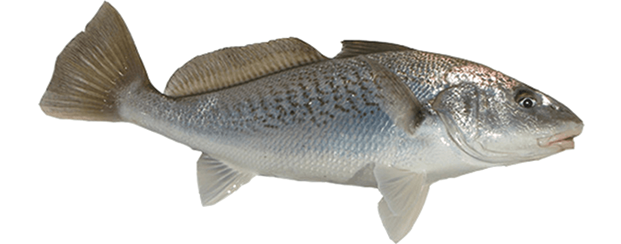Atlantic Croaker

View Regulations

Scientific Name
Micropogonias undulatus


Common Names
Croaker, Hardhead


Description
The Atlantic Croaker has a coloration ranging from silver with a pinkish hue or silver with a golden hue. Its upper body often has other markings and has a deeply notched dorsal fin. It can also occasionally have bands of color running down its sides. The mouth has a smaller lower jaw with barbels it uses for sensing prey.


Habitat & Behaviour
The Atlantic Croaker can be found around muddy, sandy or shelled bottoms and is a migratory fish, choosing to move in shore in the spring and offshore in the fall. When offshore the Atlantic Croaker can be found near manmade structures such as oil rigs.


Natural Prey
The Adult Croaker subsists on a diet of organic material sometimes called detritus as well as invertebrates and other smaller fish.


Handling Tips
Smaller fish, easily netted. Gill plates semi-sharp.

- Lucky Tackle Box
- Billfish Bounty in the Heart of the Mayan World – Guatemala
- The Best Species of Shark to Catch
- How to Catch a Shark: what equipment do you need?
- The Best Winter Fishing Spots in Texas






